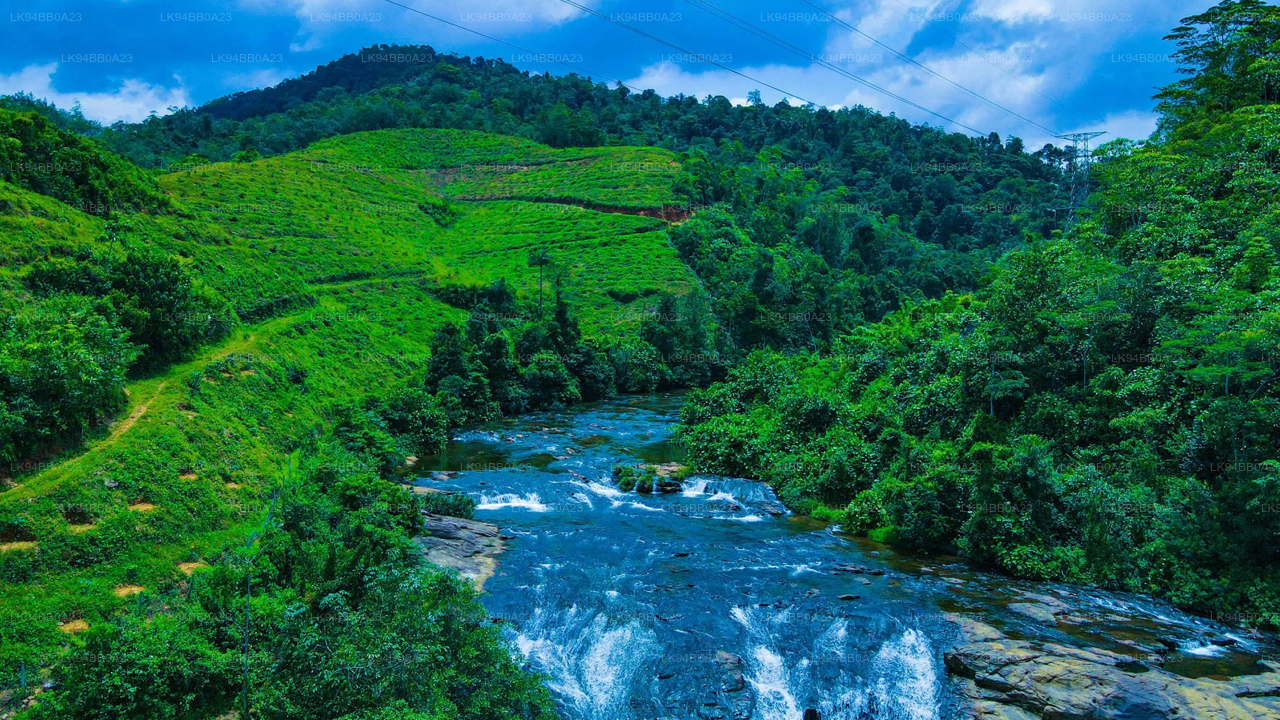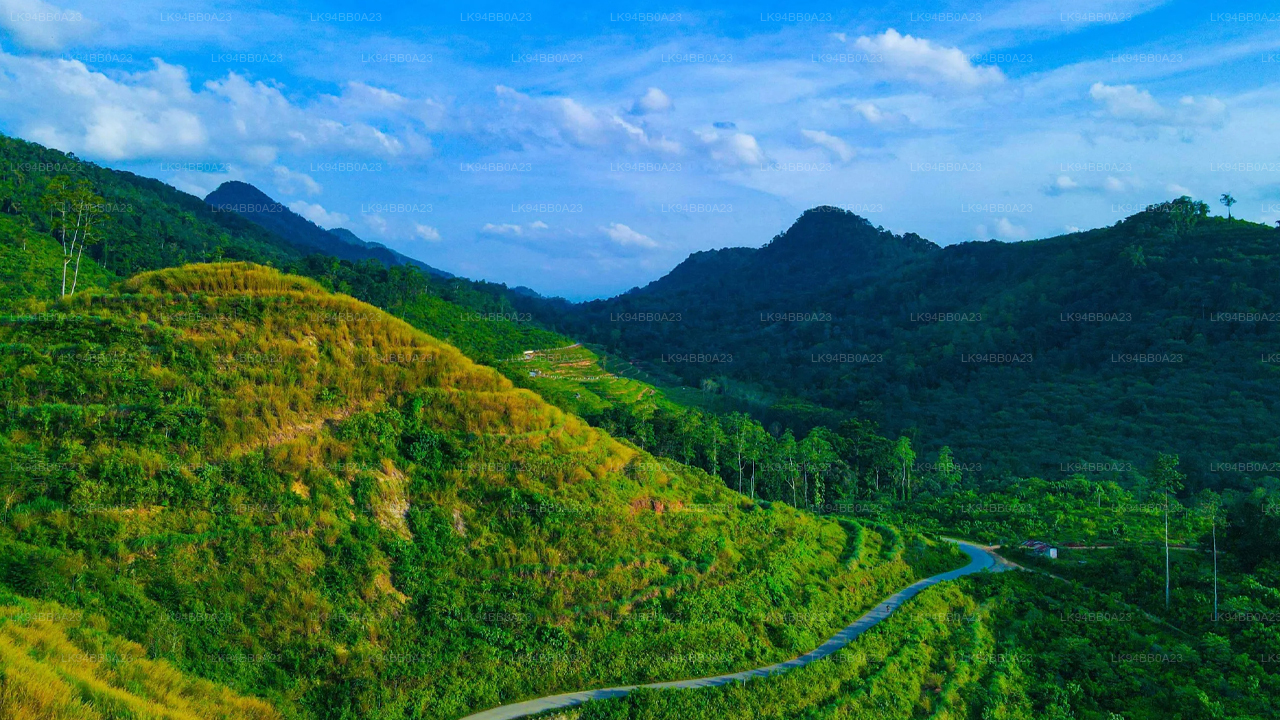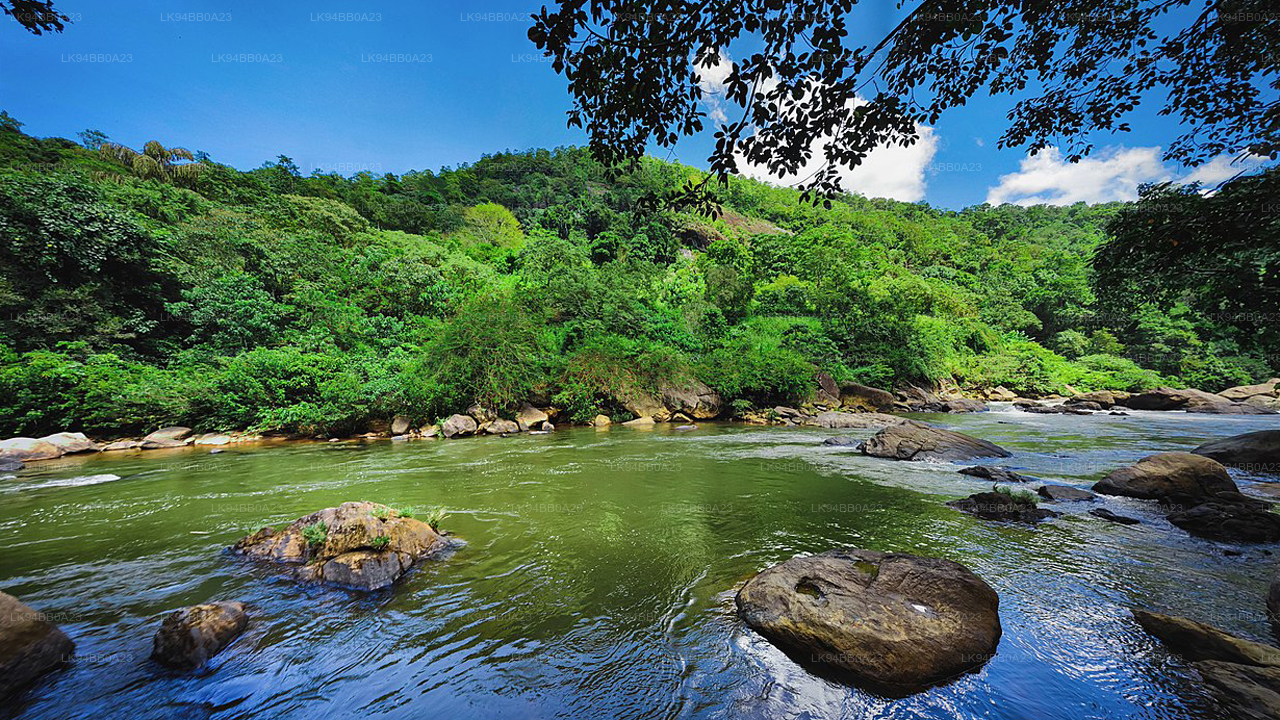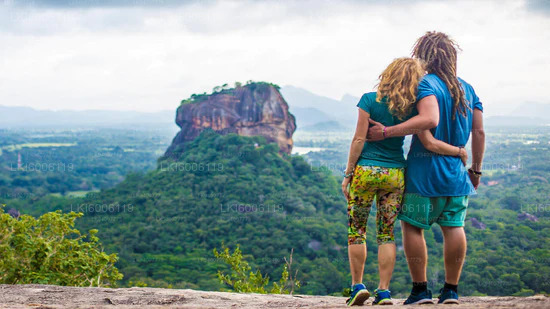
Kurunegala City
Kurunegala: Bustling city in Sri Lanka's North Western Province, featuring historic sites, vibrant markets, and a blend of modern and traditional culture.
Deraniyagala
Deraniyagala ist eine Stadt im Distrikt Kegalle in der Provinz Sabaragamuwa in Sri Lanka . Das Stadtgebiet von Deraniyaga besteht aus wichtigen Regierungsverwaltungsbüros, Textilindustrien und Verkehrsknotenpunkten sowie dem Bezirkskrankenhaus mit sieben Ärzten, darunter Dr. NGRRSenevirathne vom DMO, der dieses Krankenhaus in einen guten Zustand gebracht hat, einschließlich der ETU mit Standardeinrichtungen. Das Gebiet des Divisionssekretariats Deraniyagala umfasst 214,6 km2 und hat etwa 46.300 Einwohner. Das Divisionssekretariat umfasst 26 Grama-Niladari-Abteilungen.
Über den Bezirk Kegalle
Kegalle ist ein Bezirk in der Provinz Sabaragamuwa , Sri Lanka . Es ist einer von 25 Distrikten Sri Lankas, der zweiten Verwaltungsebene des Landes. Der Distrikt wird von einem Distriktsekretariat verwaltet, das von einem Distriktsekretär (früher als Regierungsvertreter bekannt) geleitet wird, der von der Zentralregierung Sri Lankas ernannt wird. Es war ein ehemaliger Dissavani aus Sri Lanka.
Es umfasst eine Fläche von 1.693 km2 (654 Quadratmeilen). Der Bezirk hat laut Volkszählung 2012 eine Bevölkerung von 837.179, was etwa 4,0 % der Gesamtbevölkerung Sri Lankas entspricht.
Über die Provinz Sabaragamuwa
Die Provinz Sabaragamuwa (Singhalesisch: සබරගමුව පළාත Sabaragamuwa Paḷāta, Tamil: சபரகமுவ மாகாணம் Sabaragamuwa Mākāṇam) ist eine der neun Provinzen Sri Lankas, die Verwaltungsgliederung der ersten Ebene des Landes. Die Provinzen bestehen seit dem 19. Jahrhundert, hatten aber erst 1987, als mit dem 13. Verfassungszusatz Sri Lankas Provinzräte eingerichtet wurden, einen rechtlichen Status. Die Provinz Sabaragamuwa umfasst zwei Bezirke: Ratnapura und Kegalle . Es ist nach seinen ehemaligen Ureinwohnern benannt, nämlich den Sabara, einem indischen Begriff für Jäger- und Sammlerstämme, ein Begriff, der im alten Sri Lanka selten verwendet wurde.
About Kurunegala District
Kurunegala is the capital of the Wayamba Province in Sri Lanka and the Kurunegala District.Kurunegala was a royal capital for only 50 years, from the end of the 13th century to the start of the next, though even before this it was strategically placed in the middle of other majestic strongholds such as Yapahuwa to the north, Dambadeniya to the south and Panduwasnuwara in the east. Ethagala a rock reaching 316 meters, towers over the town, which is located at an altitude of 116 meters above sea level. The shape of Ethagala resembles an Elephant. A transport hub, it has a railway station, and several main roads linking important parts of the country.Kurunegala is situated about 94 km from Colombo, and 42 km from Kandy.
Most of Kurunegala's residents belong to the Sinhalese majority. Other ethnic minorities include the Sri Lankan Moors, Sri Lankan Tamils, Burghers and Malays. Residents from ethnic minorities live in all parts of the city, however, sizeable communities of Moors and Tamils also live in the areas of Teliyagonna and Wilgoda.
About North Western Province
North Western Province is a province of Sri Lanka. The districts of Kurunegala and Puttalam formulate North Western or Wayamba. Its capital is Kurunegala, which has a population of 28,571. The province is known mainly for its numerous coconut plantations. Other main towns in this province are Chilaw (24,712) and Puttalam (45,661), which are both small fishing towns. The majority of the population of Wayamba province is of Sinhalese ethnicity. There is also a substantial Sri Lankan Moor minority around Puttalam and Sri Lankan Tamils in Udappu and Munneswaram. Fishing, prawn farming and rubber tree plantations are other prominent industries of the region. The province has an area of 7,888 km² and a population of 2,184,136 (2005 calculation).
Wayamba is the third largest paddy producing area in Sri Lanka .Wayamba has a highly developed agricultural economy, growing a variety of fruits and vegetables, flowering plants, spices, oil-seeds in addition to the traditional plantation crops such as Coconut, Rubber and Rice. Rich soils and varied climate give Wayamba a potential for growing of virtually any crop.
In Wayamba or North western province, home for ancient Buddhist rock temples, magnificent citadels Panduwasnuwara, Dambadeniya, Yapahuwa and Kurunegala. Impressive remains of those citadels, palaces, Buddhist temples and monasteries provide exciting sight seeing to the visitors.
【Text by Lakpura™. Images by Google, copyright(s) reserved by original authors.】













